Butterflies are beautiful and fascinating creatures that play an important role in our ecosystem. From their humble beginnings as tiny eggs to their transformation into colorful winged adults, the life cycle of a butterfly is truly amazing. We’ll explore the different stages of a butterfly’s life cycle and learn more about these incredible insects.
The Life Cycle of a Butterfly
-
Egg Stage
The life cycle of a butterfly begins with a tiny egg. These eggs are typically laid on the leaves of plants, and their appearance can vary depending on the species of butterfly. Some eggs are round and smooth, while others are more cylindrical with ridges or spikes. Butterfly eggs are usually laid in groups, and the number of eggs can range from just a few to hundreds.
-
Larva Stage (Caterpillar)
When the egg hatches, a caterpillar emerges. These larvae are voracious eaters and spend most of their time eating and growing. As the caterpillar grows, it molts, shedding its skin several times. Each time it sheds its skin, the caterpillar enters a new stage of growth, called an instar. The instars can vary in appearance, with some caterpillars developing spines or bright colors to deter predators.
Caterpillars feed on leaves, stems, and flowers, and some species are quite selective about the plants they eat. For example, monarch butterfly caterpillars feed exclusively on milkweed plants. Caterpillars have a special gland called the Malpighian tubule that helps them get rid of excess water and waste.
-
Pupa Stage (Chrysalis)
After the caterpillar has reached its final instar, it will pupate and transform into a chrysalis. The chrysalis is a hard protective case that encases the developing butterfly. Inside the chrysalis, the caterpillar undergoes a complete metamorphosis, breaking down its body and reforming it into the adult butterfly.
The appearance of the chrysalis can vary depending on the species of butterfly. Some are smooth and shiny, while others are more textured and camouflaged to blend in with their surroundings. The chrysalis stage can last anywhere from a few days to several months, depending on the species and environmental conditions.
-
Adult Stage
When the butterfly is fully developed, it will emerge from the chrysalis. The newly emerged butterfly will be wet and fragile, with crumpled wings. Over the next few hours, the butterfly will pump fluid into its wings to expand them and dry them out. Once the wings are dry, the butterfly can fly.
Adult butterflies feed on nectar, which provides them with the energy they need to fly and mate. Butterflies have a long, thin proboscis that they use to suck up nectar from flowers. The proboscis is like a drinking straw that can be coiled up when not in use.
How long is the life cycle of a butterfly
The length of a butterfly’s life cycle can vary depending on the species and environmental conditions. In general, the entire life cycle of a butterfly from egg to adult can take anywhere from a few weeks to several months.
For example, the life cycle of a monarch butterfly typically takes about four weeks during the summer months. The egg stage lasts about 4-5 days, the larva or caterpillar stage lasts about 2 weeks, the pupa or chrysalis stage lasts about 10 days, and the adult stage lasts about 2-6 weeks.
However, some species of butterflies have longer life cycles that can last several months or even overwinter in their pupal stage, especially in colder climates or during times of low food availability.
The life cycle of a butterfly worksheet
Butterflies are an important part of our ecosystem, pollinating plants and serving as food for other animals. By understanding the life cycle of a butterfly, we can appreciate these amazing insects even more. If you’re interested in observing butterflies in your area, consider planting a butterfly garden or visiting a local butterfly exhibit. With their vibrant colors and graceful flight, butterflies are sure to capture your imagination.

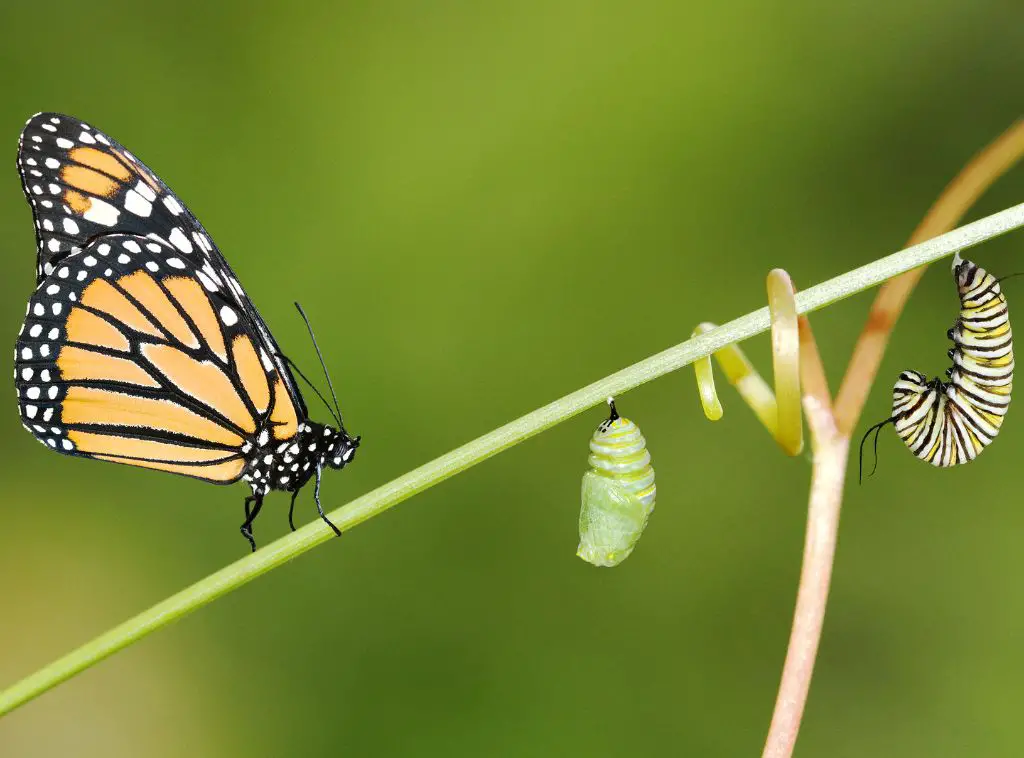
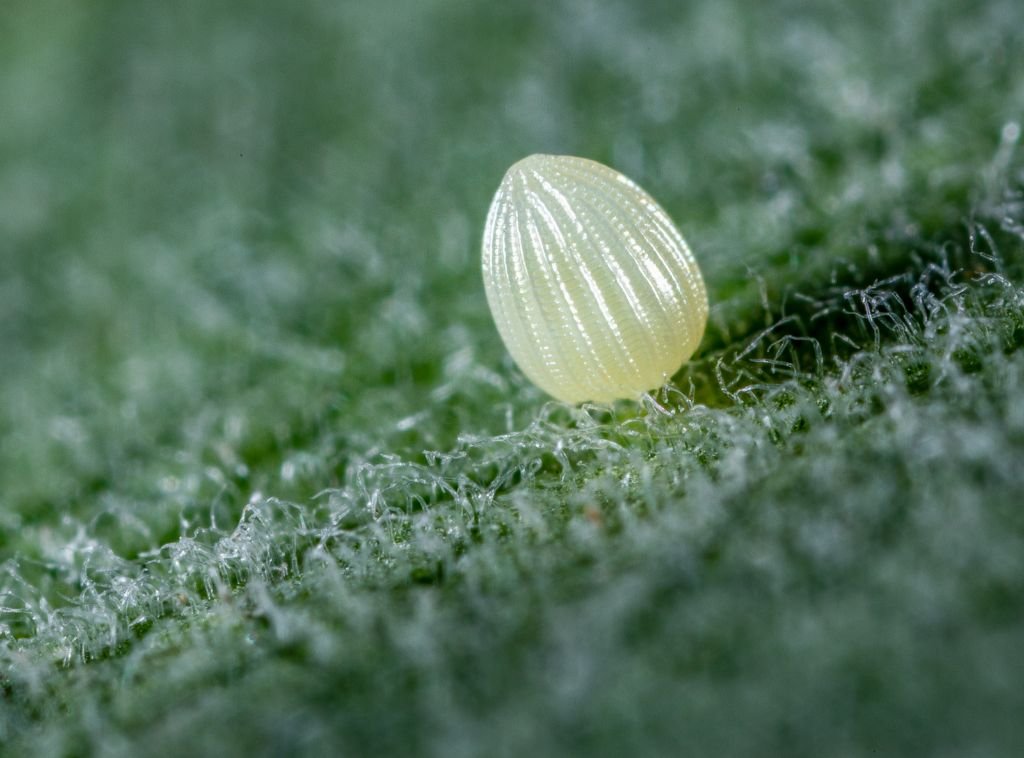
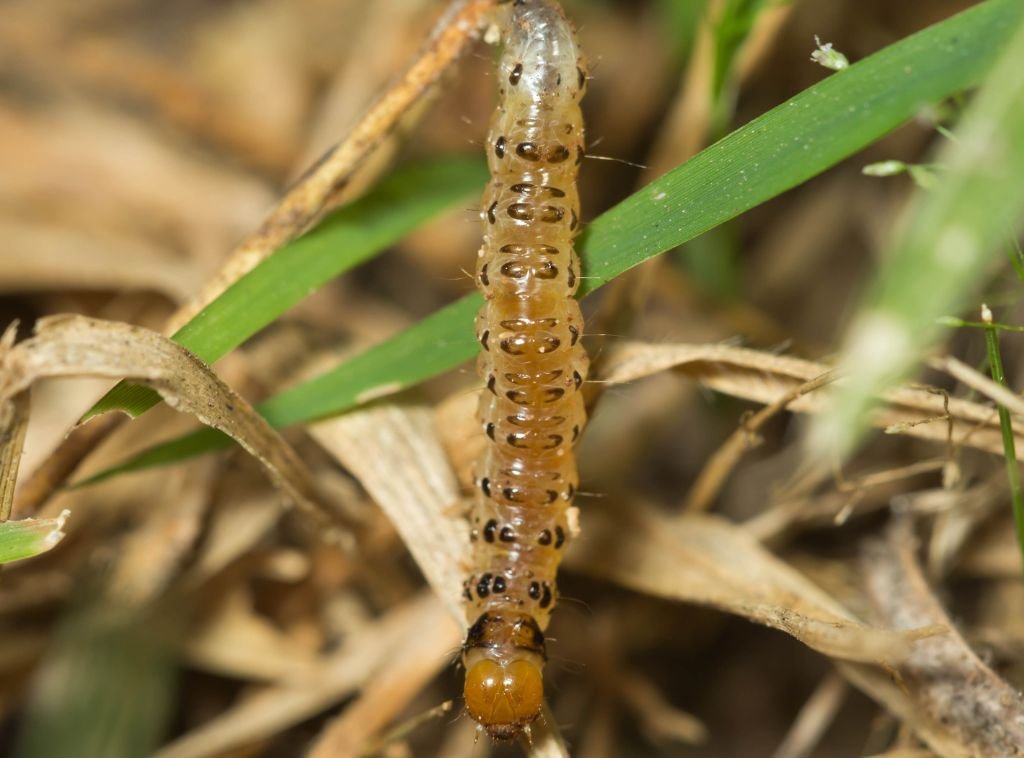
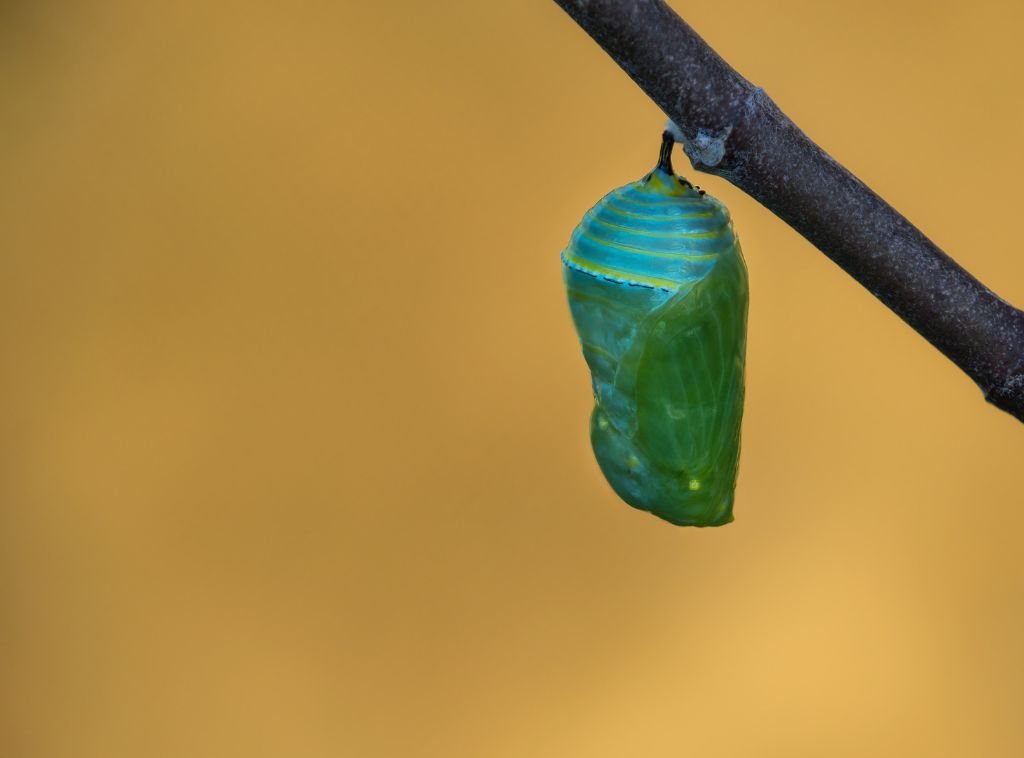
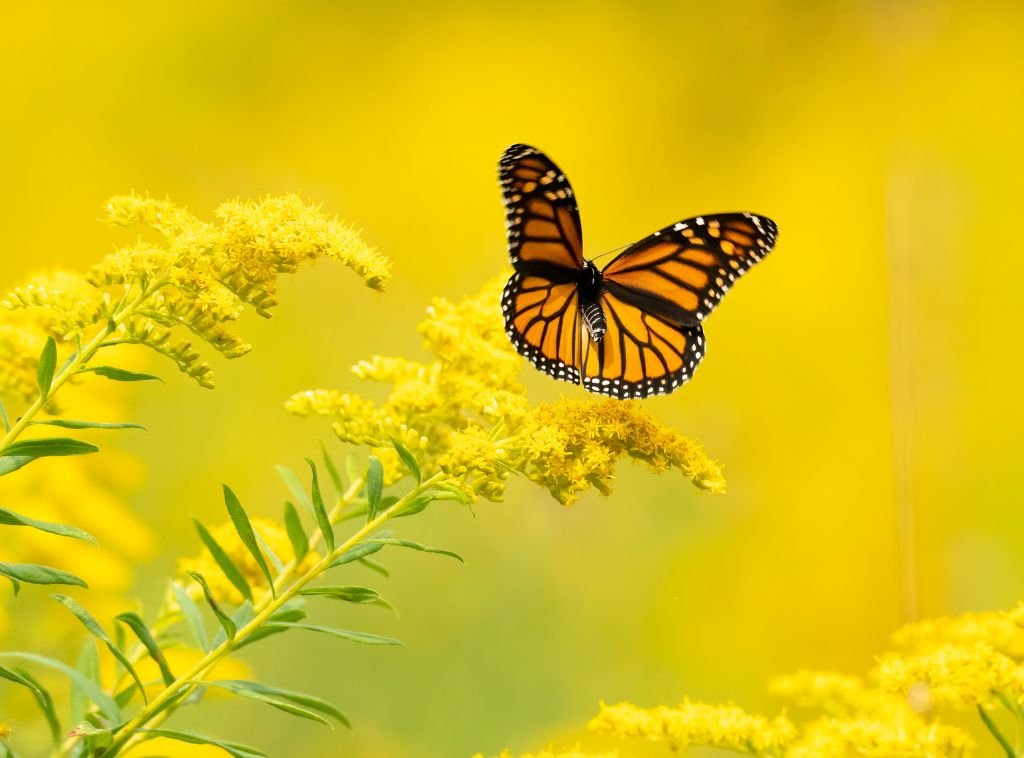
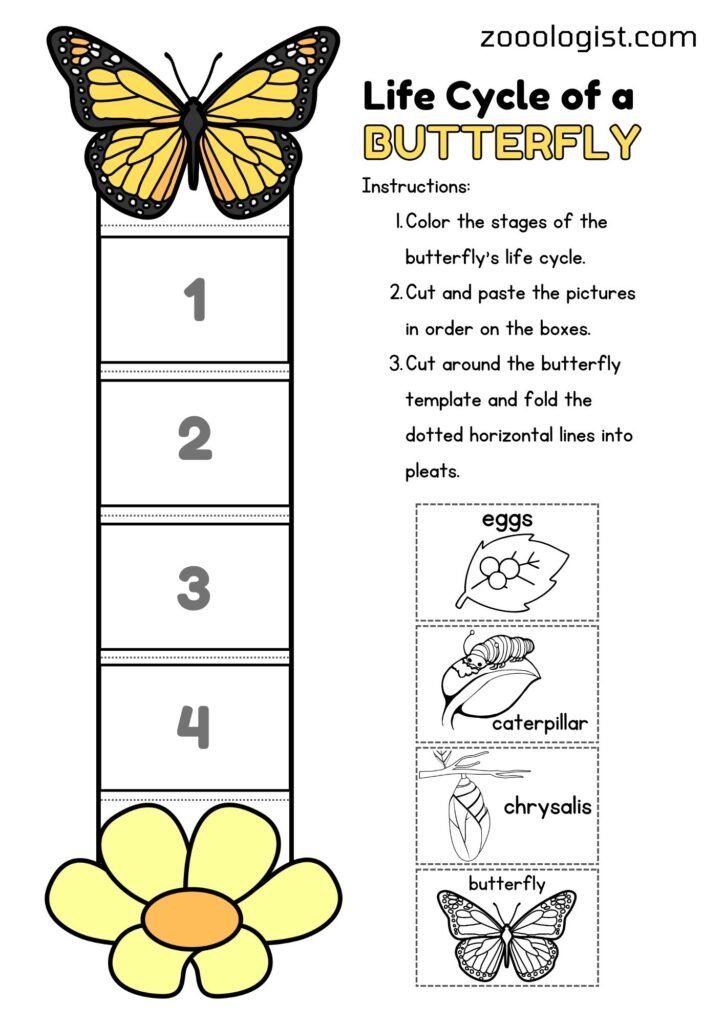





Leave a Reply